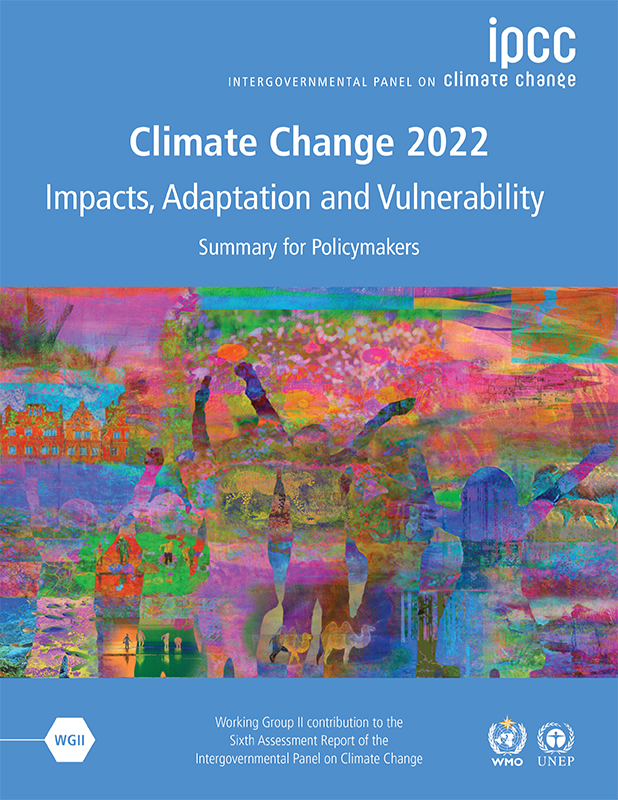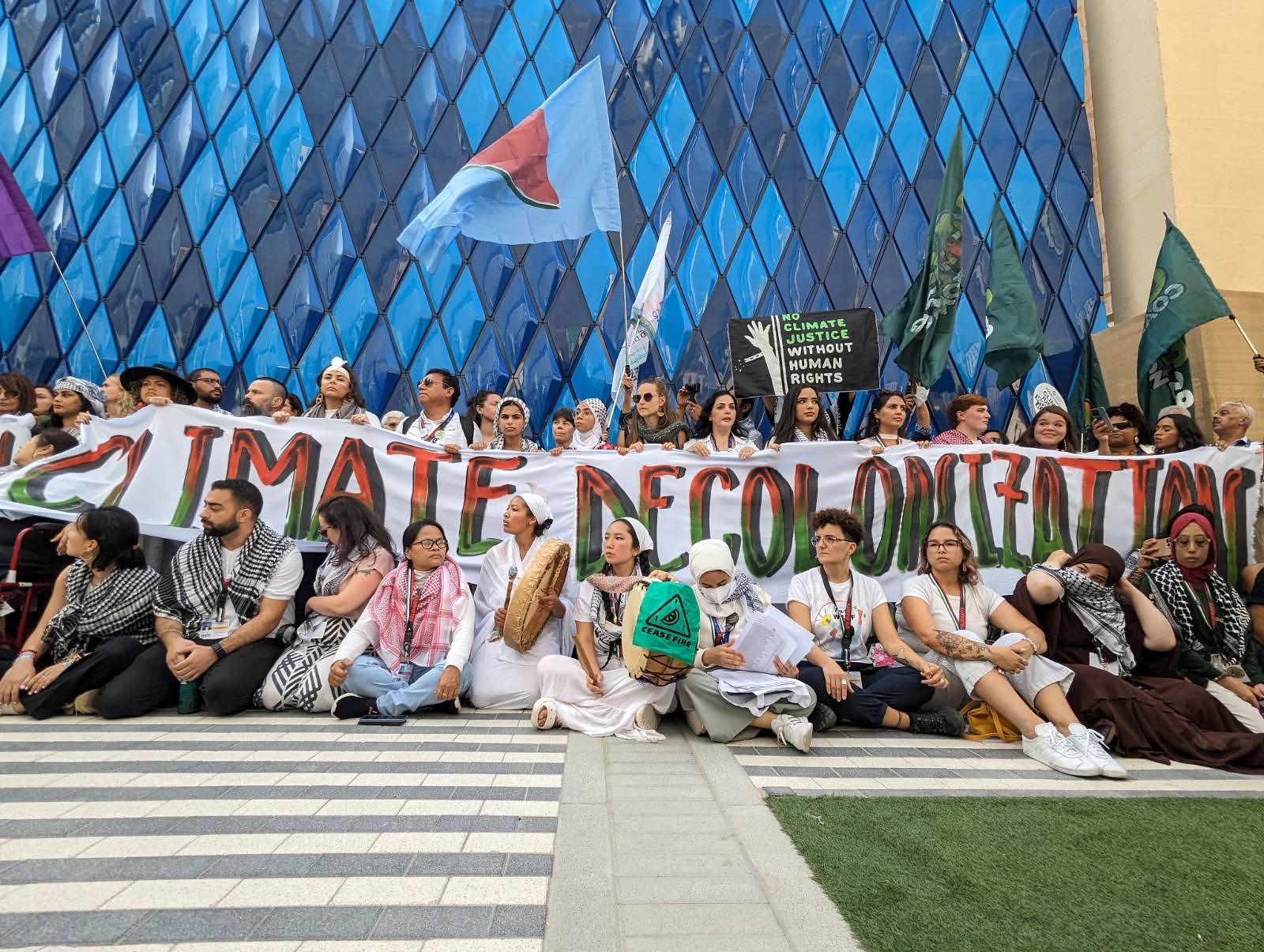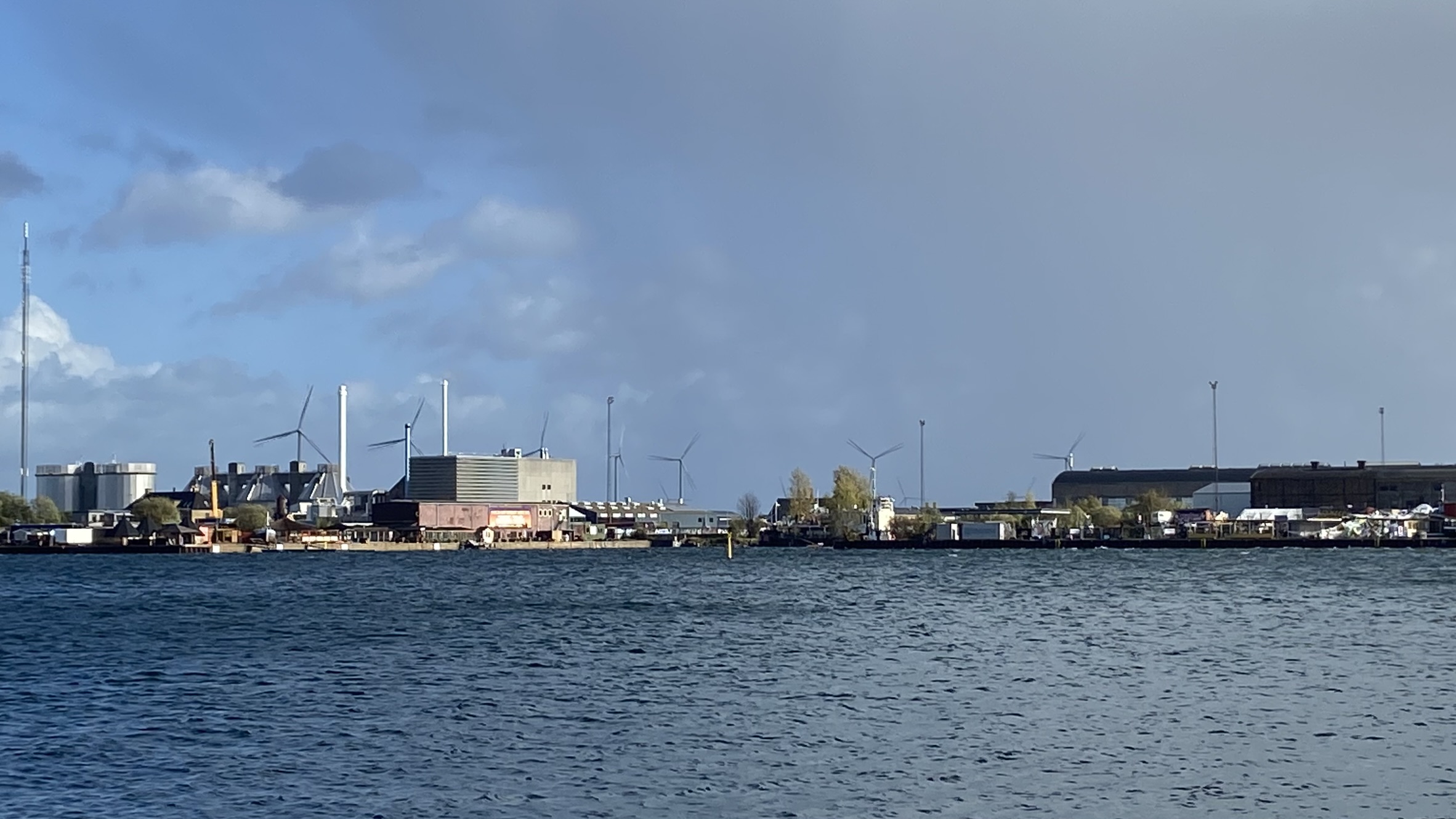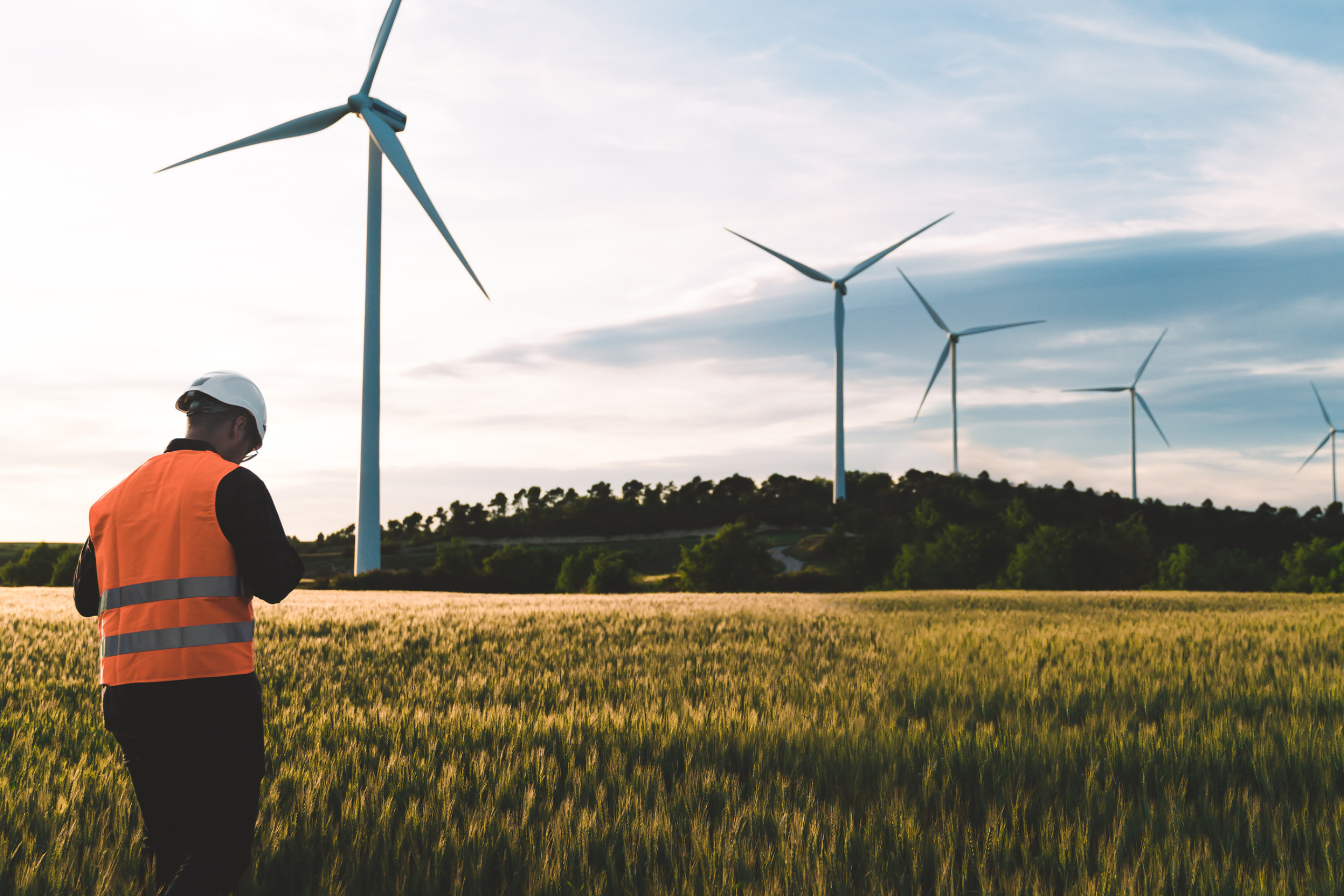The latest IPCC report confirms: unless we make drastic changes soon, climate change will affect everyone
On 14 February, the International Panel on Climate Change (IPCC) started the final negotiations on the second part of its Sixth Assessment Report. It published them two weeks later. In these reports, thousands of scientists summarize the state of research on climate change. While the first part of the report deals with the causes of global warming, the second part focuses on the consequences of climate change that are to be expected—or that are already being felt, as reports from our offices in Africa show. In Senegal, villages are being forced to give way to the rising sea, and rice farmers are losing their livelihoods. In southern Africa, the worst drought in decades causes water shortages and famine—phenomena that will become more frequent and more severe as temperatures rise.

At the IPCC press conference held last Monday, UN Secretary General António Guterres described the newly released report as “an atlas of human suffering.” The second part of the Sixth Assessment Report, summarizing the scientific knowledge to date on the impacts of global warming, illustrates how almost the entire global population will be affected, and concludes that approximately half of the global population is situated in areas highly vulnerable to the impacts of climate change—primarily through increasing frequency and intensity of droughts, floods and heat waves.
Ecosystems constituting human life support systems, according to the report, face the severe threat of mass die-off, in particular coral reefs and forests. Coastal areas and low-lying islands are already suffering from rising sea levels, a risk that will become unmanageable even if global warming is held to a 1.5°C average.
The report lends, in contrast to earlier reports, a particular focus on the impacts experienced in urban areas. There exists high confidence among authors that the risk posed by climate change to cities, settlements and infrastructure will increase rapidly in the coming decades. It is the first time this has been stated so unequivocally in an IPCC report.
High rates of urbanization, particularly in low-lying coastal areas with low adaptive capacity, will lead to approximately 1 billion people being affected by climate-induced extreme events. Displacement and involuntary migration are also projected to increase, and both short-term and long-term climate change impacts will “significantly increase ill health and premature deaths.” The report also warns of cascading risks, occurring when multiple climatic and non-climatic risks simultaneously interact and compound, affecting and dispersing across various sectors and regions.
For the first time, the report goes into detail on current adaptation efforts. While identifying some best practice examples in which the importance of community participation in decision-making processes has been adhered to, it also details instances in which adaptation efforts have failed or even had adverse effects (a process known as maladaptation). In terms of climate resilient pathways, another first is the inclusion of the concept of degrowth for industrialized nations as a response to climate change to achieve “environmental sustainability and socioeconomic progress.”
Consequences and Conclusions
Reports by the Intergovernmental Panel on Climate Change (IPCC) are seen by many as the bibles of climate science. The members of this scientific body constitute some of the most distinguished academics in the field of climate science. Every six to seven years, the IPCC releases a report, synthesizing (not conducting) the most recent climate science, enabling a current evaluation on the state of the world’s climate. The process of nominating authors, selecting scientific papers to include in the synthesis and drafting actual text is consensus-driven and designed in a way to ensure the highest possible levels of transparency and integrity.
In addition, the reports have summaries for policy-makers outlining the most important findings of each chapter in plain language, which have been agreed upon word for word with government representatives from UN member states. This process lends the final outcome a form of legitimacy that remains almost unrivaled in the scientific arena.
The IPCC is currently completing its sixth assessment cycle, and the resulting report is divided into three parts. The first part, entitled “The Physical Science Basis”, was released in August 2021. In closely assessing regional and global climate simulations, the most recent and cutting-edge climate science was utilized to illustrate the unrelenting progression of climate change. The verdict was dire, with humans enacting a detrimental influence on the stability of the earth’s climate system.
The second part of the report, entitled “Impacts, Vulnerability and Adaptation,” was released on February 28. It details the results of these human-induced climatic changes described in the first part on ocean, coastal, terrestrial and freshwater ecosystems upon which humans depend. The resulting impacts on food and water supply systems are then described, before outlining the potential consequences these changes may have for cities and human settlements, for human health and well-being, and for poverty, livelihoods and sustainable development.
Further findings emphasized in the report are that vulnerability is driven by “patterns of intersecting socioeconomic development, unsustainable ocean and land use, marginalization, historical and ongoing patterns of inequity such as colonialism, and governance.” In practice this means that those historically and currently marginalized on the grounds of race, religion, ethnicity, sex, gender or income are also most vulnerable to the impacts of climate change. The reason is quite simple: The ability to protect from climate change impacts is determined by resources to which marginalized community members have the lowest form of access.
Last Chance to Avert Ecological and Social Catastrophe
Crucially, therefore, this report, more than any before it, highlights the threat of climate change increasing inequality and marginalization not only across but also within countries. The intersectional aspect of vulnerability to climate change is explained through “inequality and poverty present(ing) significant adaptation limits, resulting in residual impacts for vulnerable groups, including women, youth, elderly, ethnicity and religious minorities, Indigenous People and refugees.” In describing how “colonial power dynamics can influence climate change responses,” it also highlights the immense importance of protecting the rights of Indigenous Peoples and local communities who in turn preserve carbon sinks, sustaining biodiversity, slowing down global warming and stabilizing the earth’s climate system.
These findings are inextricably linked to questions of justice. It is yet another indication of those having contributed least to the destructive dynamics of climate change having to shoulder the biggest burden, while those contributing most are not being held accountable. It is a further illustration of why many see the courts as being the key forum for those affected to argue for compensation in line with their human rights.
In light of these findings, the real and tangible urgency of climate finance is underlined, both for vulnerable communities in adapting to these projected impacts, as well as for compensating in instances when climate-induced extreme events occur and breach the limits of adaptation (known as “Loss and Damage”). Examples of this would be instances of wildfires, heat waves, sea-level rises or flash floods, the impacts of which cannot be adapted to and directly impact people and their livelihoods.
These findings also make the inability of delegates at COP26 in Glasgow to reach an agreement in providing vulnerable populations with appropriate financial support look even more damaging. All eyes will therefore be on COP27 in Sharm-el-Sheikh for this injustice to be addressed.
Looking ahead, the report states that these risks will be far more considerable if average global warming exceeds 1.5°C, and “any further delay in concerted anticipatory global action on adaptation and mitigation will miss a brief and rapidly closing window of opportunity to secure a livable and sustainable future for all.”
The third and final part of the report, entitled “mitigation of climate change,” outlines necessary global action on adaptation and mitigation and is scheduled to be released at the beginning of April. Whether this will lead governments of rich nations to take the action so desperately needed remains to be seen. One thing is certain: Without increased pressure from civil society on national and international climate politics, it will prove unattainable.
Reprinted from Rosalux.de.
David Williams directs the Rosa Luxemburg Foundation’s Climate Justice Program in New York.



